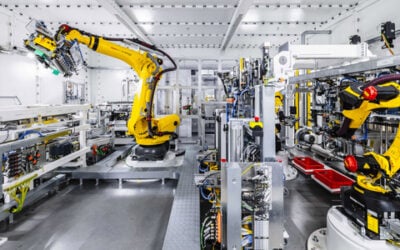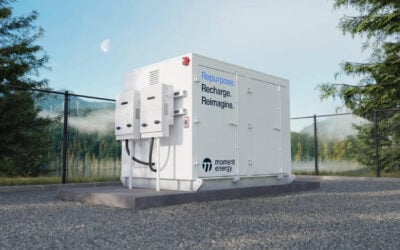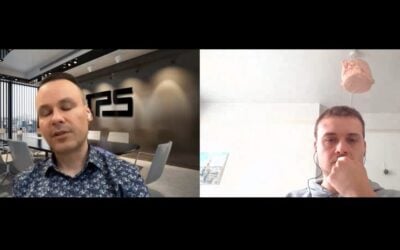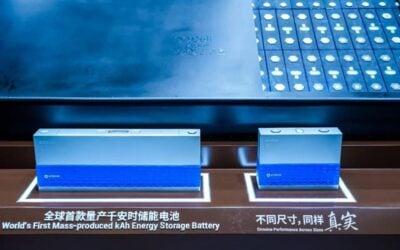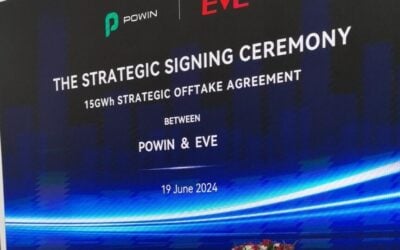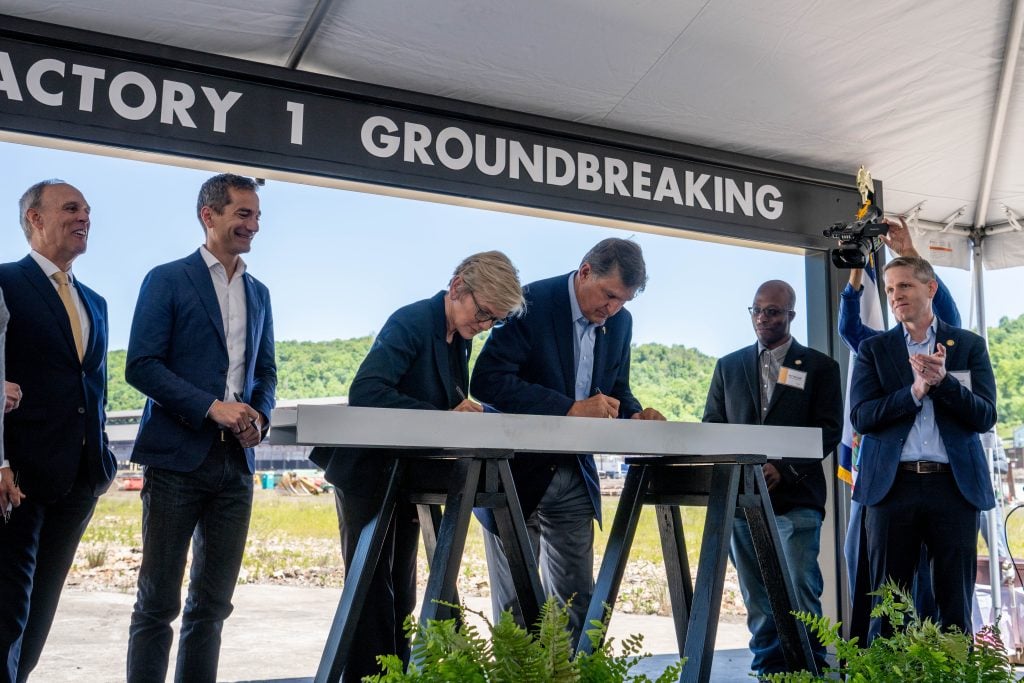
Groundbreaking has taken place in West Virginia, US, for the factory where startup Form Energy will be mass producing batteries for long-duration energy storage (LDES) applications.
A ceremony was held last Friday (26 May) at the site of a former steel mill in Weirton, West Virginia, which will host Form Factory 1, at which the company aims to be manufacturing its proprietary iron-air battery technology and energy storage systems based on the batteries.
Enjoy 12 months of exclusive analysis
- Regular insight and analysis of the industry’s biggest developments
- In-depth interviews with the industry’s leading figures
- Annual digital subscription to the PV Tech Power journal
- Discounts on Solar Media’s portfolio of events, in-person and virtual
As industry observers and regular readers of this site will likely know, Form Energy, launched under the leadership of former Tesla executive Matteo Jaramillo in 2017, claims to have developed a battery chemistry based around oxidising (rusting) of iron that can store electrical energy and discharge it over durations of 100 hours or more, cost-effectively.
That said, the battery chemistry had remained a closely-guarded secret even after the MIT-supported company emerged from stealth mode. It was finally revealed in mid-2021, with Jaramillo speaking to Energy-Storage.news about it, one of a number of interviews the CEO has spoken to this site for.
The technology is not aimed at replacing lithium-ion in the battery energy storage system (BESS) industry, in fact, Jaramillo said, it is “quite the opposite” in that the iron-air battery is a complementary technology that will do longer duration applications that lithium isn’t suitable for.
At the same time, the iron-air battery is not best suited for the short burst, high power applications lithium-ion does especially well. Lithium and iron-air batteries together could make “low-cost, highly reliable renewable power plants and complete systems,” that could replace so-called ‘baseload’ resources like coal and gas, Jaramillo said.
The company claimed its batteries can be made using abundant materials and potentially sited close to demand for individual projects or portfolios of clean energy resources.
Form Energy coal plants as well as repurposing historic steel mill
As noted by Energy-Storage.news reporter Cameron Murray as West Virginia Governor Jim Justice signed off on a grant worth US$105 million to Form Energy in February, there’s a nice symmetry in the company choosing an iconic Rust Belt site like the Weirton Steel mill to site its 55-acre factory.
At that time, Form Energy said it would require about US$760 million investment to get the plant up and running, while Justice said West Virginia offered Form Energy a structured finance package worth up to US$290 million to site the plant in the state.
Form Factory 1 represents just one of many recent investments into clean energy manufacturing and deployment announced in the US – US$150 billion of such commitments have been made public – since the passing of the Inflation Reduction Act (IRA). Another related development recently brought to West Virginia is from Our Next Energy (ONE) a prospective lithium iron phosphate (LFP) battery manufacturer which could assemble grid-scale storage systems at a new US$500 million manufacturing hub in the state for which the company will provide a solar-plus-storage microgrid.
About 500 locations in 16 US states were considered before Weirton was selected for reasons including its existing infrastructure, such as easy access to river, rail and road networks, and more than 750 people will be employed at the plant when ramped, although figures for expected annual production capacity have not been disclosed as yet.
As well as repurposing a steel plant, the company’s initial deployments look likely to include grid-scale iron-air battery storage systems at repurposed coal plant sites for utility Xcel Energy, for which Bill Gates’ Breakthrough Energy Ventures, an investor in Form Energy, recently pledged a US$20 million grant.
An earlier-announced pilot project with Minnesota’s Great River Energy will see a 1MW/150MWh iron-air battery deployed, while Form is also known to be in discussions with Georgia Power about possible projects.
The company is thought to have raised about US$800 million in financing to date, with its most recent funding round a US$450 million Series D.
Dignitaries including US Secretary of Energy Jennifer Granholm and Senators Joe Manchin and Shelley Moore Capito gave prepared remarks at Friday’s event, as did West Virginia Economic Development Secretary Mitch Carmichael.
Watch the livestream of the groundbreaking on Form Energy’s YouTube channel below:

